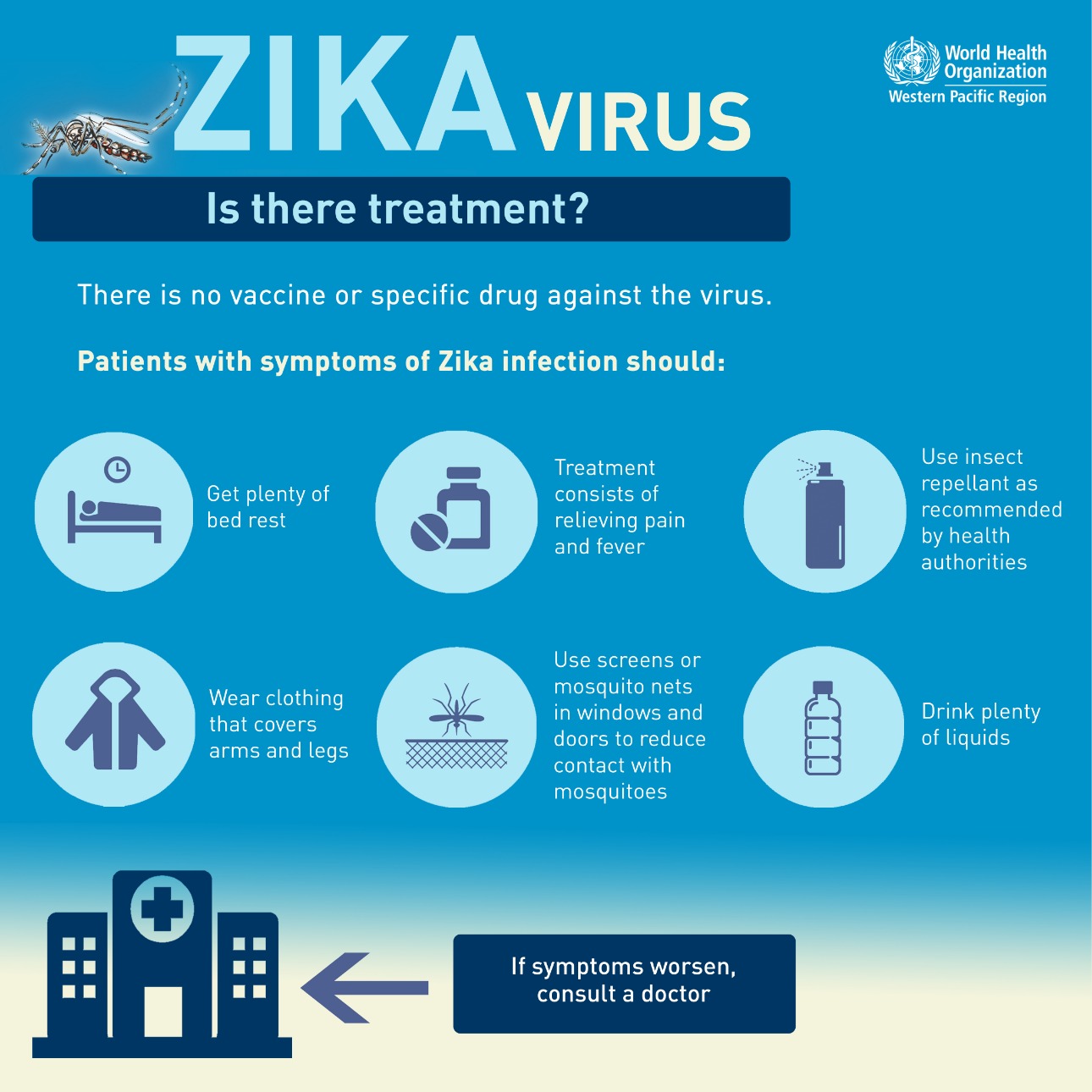Overview
Lately, Karnataka has amplified its monitoring efforts after detecting the Zika virus in a mosquito pool in Chickballapur.
The Zika virus, known to be transmitted by Aedes mosquitoes, mainly Aedes aegypti and Aedes albopictus, has spurred increased surveillance measures in the region.
The revelation stems from routine surveillance in Thalakayalbetta village, falling under the jurisdiction of Dibburahalli Primary Health Centre in Chickballapur, where mosquito samples tested positive for the Zika virus, as confirmed by the report from the National Institute of Virology (NIV) State unit in Bengaluru.

State Health Commissioner Randeep D. informed that identifying the Zika virus in the mosquito pool suggests the virus’s presence in the district. However, he emphasised that there is no cause for panic, as there have been no reported cases of human infection so far. Randeep mentioned that samples from three individuals identified during fever surveillance have been dispatched to NIV Pune for confirmation, and the results are pending.
The last instance of Zika in the state was identified in December 2022, marking the location where the initial case was first detected. The affected individual was a five-year-old girl who had recovered.
The Efforts by the Karnataka Government
The Health Department issued an advisory mandating health officials to enhance Aedes larval surveys, source reduction activities, and fever surveillance in both urban and rural areas, considering the Zika virus’s transmission by Aedes mosquitoes, the same vector responsible for Dengue and Chikungunya.
Health Minister Dinesh Gundu Rao reassured the public, urging them not to panic, and clarified that there are currently no reported cases of Zika virus disease in the state. He advised individuals experiencing fever or Zika symptoms to seek treatment at the nearest healthcare facility. Rao emphasised the importance of suspected and confirmed cases isolating themselves, getting adequate rest, staying hydrated, and following necessary precautions.

The advisory traced containment measures, recommending the notification of a 5 km diameter area as a ‘Containment Zone’ in case of a positive human case or mosquito pool for Zika virus. It also mandated daily house-to-house visits for Aedes larval and fever surveys in the containment area by health staff and ASHAs, with the option to deploy additional staff from neighbouring PHCs if necessary.
An Overview of the Zika Virus
What is the Zika Virus?
According to the World Health Organisation, Zika virus, mainly transmitted by Aedes mosquitoes, poses a unique challenge due to its often asymptomatic nature, with symptoms like rash, fever, and joint pain lasting up to a week for those who do exhibit signs.
Of particular concern is the virus’s impact on pregnant women, as infection can lead to severe complications such as microcephaly, congenital malformations, preterm birth, and miscarriage in infants. Additionally, Zika is linked to Guillain-Barré syndrome, neuropathy, and myelitis in both adults and children.

The World Health Organisation declared Zika-related microcephaly a Public Health Emergency of International Concern in 2016, underlining its gravity. While global Zika cases have decreased since 2017, ongoing transmission persists at low levels in several countries, warranting sustained attention to this public health issue.
What are the symptoms?
Zika virus infection often occurs with no symptoms in the majority of cases.
However, for those who do experience symptoms, they typically emerge 3–14 days after infection. They are generally mild, encompassing rash, fever, conjunctivitis, muscle and joint pain, malaise, and headache. These symptoms, lasting 2–7 days, resemble those of various arboviral and non-arboviral diseases.

Consequently, a precise diagnosis of Zika virus infection necessitates laboratory confirmation to distinguish it from other illnesses with similar clinical presentations.
How is the Zika Virus transmitted?
Zika virus is primarily transmitted by infected mosquitoes belonging to the Aedes (Stegomyia) genus, with Aedes aegypti being the primary vector, especially in tropical and subtropical regions. Notably, Aedes mosquitoes are known for their daytime biting habits.
It’s important to realise that these mosquitoes are not exclusive carriers of Zika but also transmit other diseases such as Dengue, Chikungunya, and Urban Yellow Fever. Currently, no vaccine exists for preventing or treating Zika virus infection, and ongoing research focuses on vaccine development.
How to minimise the risk of Zika Virus?
To minimise the risk of Zika virus infection, efficacious prevention involves shielding against mosquito bites during the day and early evening.
Individuals can adopt personal protective measures, such as wearing apparel that covers as much of the body as possible, preferably light-coloured, and utilising physical barriers like window screens and closed doors and windows. Using insect repellent on the skin or clothing containing DEET, IR3535, or icaridin, following the product label instructions is also recommended.

Aedes mosquitoes, responsible for Zika transmission, breed in small water collections around homes, schools, and workplaces. Eliminating these breeding sites involves:
- Covering water storage containers.
- Removing standing water in flowerpots.
- Cleaning up trash and used tires.
Collaborative community efforts are paramount in supporting local government and public health programs to reduce mosquito breeding sites. Health authorities may also recommend using larvicides and insecticides to control mosquito populations and curb disease spread.












Comments 1